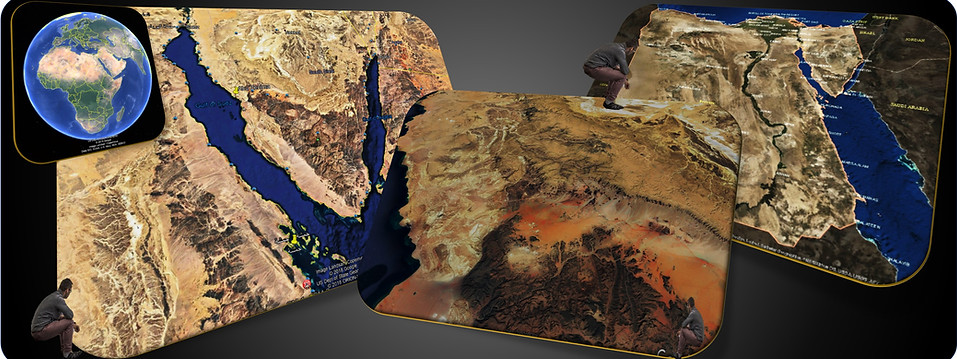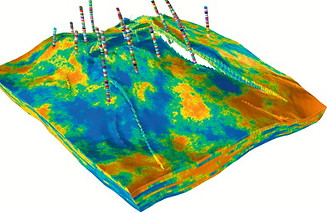





HCS
GEOSCIENCE & ENGINEERING
CONSULTING SERVICES

Reservoir Characterization
In order to develop a comprehensive reservoir understanding, an integrated reservoir model is very important. Reservoir characterization is preparing a quantitative representation of a reservoir using data from a variety of sources and disciplines. It integrates geological, geophysical, petrophysical, and engineering data. that can be used to create the most realistic geologic model.
HCS offers a team of experienced geo-scientists and engineers to properly integrate the geological, geophysical, petrophysical, and engineering information consistently, to achieve a sustainable modeling project.
Petrophysics – Understanding well log measurements and properly calibrating all available data is a critical step in characterizing a reservoir. Our experienced petrophysical staff use cutting edge technology to analyze and condition well logs for optimal characterization results.
High Resolution correlation in strike and dip directions to define the lateral facies distribution and missing section is the main objective of this geologic analysis.
Seismic Interpretation will benefit from all the results of the petrophysical and high resolution correlation and Attribute Analysis to provide our clients with the most accurate interpretations. Seismic attributes are important for understanding rock characteristics away from the well bore, and properly interpreted volumes are necessary to define faults and other geologic structures.
Facies distribution maps per key reservoirs are the first output. The static model is manipulated through many iterations, giving customers a view of a range of reservoir scenarios. Scenario are then statistically analyzed to focus on the most probable reservoir conditions.




